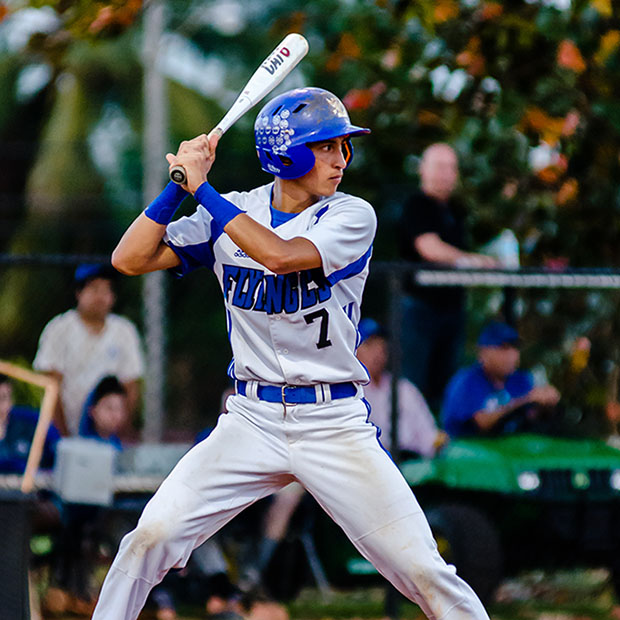Athletes and the Visual Skills They Use

When we think of the traits of an athlete, we usually think of speed and strength first.
A close third should be their visual skills. Athletes need to be able to process and react to visual information very quickly in order to play their sports well. The cool thing is that some of these visual skills can be honed and improved with practice.
Which Visual Skills Do Athletes Use?
Here are some of the most essential visual skills to an athlete’s performance:
- Color vision. This one might seem silly, but there’s no denying that it’s easier to play when you can distinguish between the jersey colors of your team and the opposing team!
- Depth perception. Judging the relative distances between objects and players on the field is incredibly important.
- Dynamic visual acuity. Athletes need to be able to see fast-moving objects clearly.
- Eye tracking. Merely seeing fast-moving objects isn’t as useful without the ability to follow them with your eyes alone instead of turning your head or body, possibly compromising your balance.
- Eye-hand-body coordination. An athlete needs to be able to continuously adjust the position of their body, hands, and feet based on what they see.
- Peripheral vision. Seeing and reacting to what’s happening on the edge of your vision makes a huge difference in performance.
- Visual concentration. Being easily distracted by things that don’t matter to the game can make it much harder to play!
- Visual reaction time. When an athlete can process and react to visual information quickly, they can quickly move into position.
- Visualization. Athletes need to be able to picture scenarios that could happen next so that they can prepare themselves for upcoming obstacles or opportunities in the game.
- Visual memory. So much is happening in an athlete’s field of vision (such as where they last saw the other players), and they have to keep it all in their head while playing.
Train Your Visual Skills (No Gym Membership Required)
All you need to begin training your visual skills, such as depth perception, is a pen. Simply hold it at arm’s length and repeatedly put the cap on it. You can also hold a small pebble at arm’s length and try dropping it through a drinking straw. You can train your visual awareness by watching TV or using a computer with your head turned to the side.
How about improving the flexibility of your eyes? Just switch rapidly between focusing on something close and something far away. You can practice dynamic visual acuity by cutting out different-sized letters from a magazine and taping them to a turntable, then trying to identify the letters while the turntable rotates at different speeds.
We Want to Help You Keep Your Eye on the Ball!
Staying in shape for sports isn’t something we usually associate with keeping our eyes sharp and healthy, but it shouldn’t be overlooked! Get in touch with us or schedule an appointment to learn more about how to improve your visual skills or to tell us about any changes or negative symptoms you may be experiencing with your eyesight.
